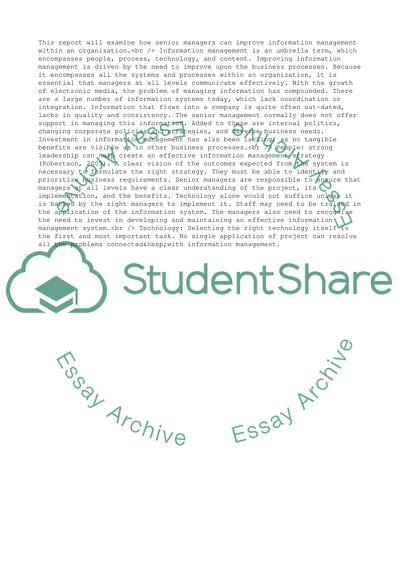Cite this document
(Information Management within an Organization Term Paper, n.d.)
Information Management within an Organization Term Paper. Retrieved from https://studentshare.org/management/1536182-information-management
Information Management within an Organization Term Paper. Retrieved from https://studentshare.org/management/1536182-information-management
(Information Management Within an Organization Term Paper)
Information Management Within an Organization Term Paper. https://studentshare.org/management/1536182-information-management.
Information Management Within an Organization Term Paper. https://studentshare.org/management/1536182-information-management.
“Information Management Within an Organization Term Paper”, n.d. https://studentshare.org/management/1536182-information-management.


